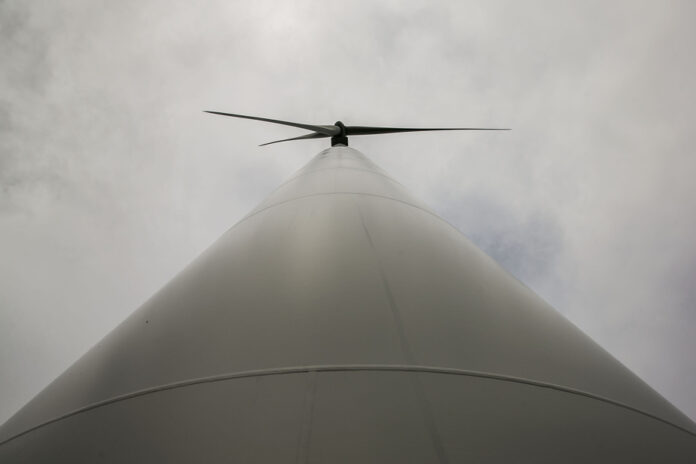Wind farm developers are rushing to the gate to sell electricity to Hydro-Québec. Its most recent call for tenders for the purchase of 1,500 megawatts attracted 16 proposals for a total of 3,034 megawatts, double the volume of energy requested.
The price of this energy is not yet known. In its previous call for tenders for 480 megawatts of renewable energy and 300 megawatts of wind energy, Hydro-Québec obtained already higher average prices, up to 8 cents per kilowatt hour, or 30% more than his previous purchases.
It should be noted that Hydro-Québec itself submitted a bid at 6.5 cents per kilowatt hour, which was accepted and which lowered the average cost obtained for the call for tenders of 480 megawatts of renewable energy.
These proposals responded to a call for tenders launched in 2021 and were submitted in July 2022.
Since then, a lot has changed. Interest rates have soared, increasing the cost of capital for wind farm developers.
“The capital cost of wind projects has increased rapidly over the past year,” notes Merrimack, the specialized firm mandated by Hydro-Québec to evaluate the cost of the projects selected in these two calls for tenders.
“The cost of wind projects fell 40 percent in the 2010s, but prices have started to rise again and the trend will continue,” says the Merrimack report, which cites the wind turbine maker’s forecasts for price increases. Vestas turbines.
This generalized inflation, which does not spare the cost of the labor which will build the wind farms, is beginning to be seen in the prices that Hydro-Québec will pay for this production expected in 2026. How high will the price of future will wind kilowatt-hours increase?
“Wind power remains the cheapest renewable energy,” says Samuel Bergeron, spokesperson for the Quebec Association of Renewable Energy Producers (AQPER). According to him, the tax credit contained in the last federal budget which applies to wind energy equipment manufacturers could mitigate the general increase in costs.
Federal aid only applies to what is produced in Canada and not to imported components, such as turbines, the most expensive part of a wind turbine which is not manufactured here. “It still gives a certain helping hand,” said the AQPER spokesperson.
If the cost of producing wind energy has fallen considerably in recent years, it is mainly due to technological advances. Wind turbines are larger and their electricity generation capacity has increased, which has helped reduce the cost per kilowatt hour, but this downward trend is now over.
In addition to the increase in costs linked to the construction of wind farms, another factor will increase the cost price per kilowatt hour for Hydro-Québec: the space available on the electricity transmission network to integrate this energy is starting to run out. .
The state-owned company has already warned wind developers that it will favor projects located near its transmission network, whose still available capacity was estimated at 3,000 megawatts before the recent call for tenders for 1,500 megawatts which has just been issued. end. That means there’s still room for 1,500 megawatts.
Afterwards, investments will be required in new transmission lines and other equipment such as conversion stations, indicates Caroline Desrosiers, spokesperson for Hydro-Québec.
The investments required are significant, if we rely on current projects which number in the billions.
In addition to being expensive and contributing to increasing the cost per kilowatt hour, such work takes time and could hinder the development of wind energy potential in Quebec.
“The integrable potential is the downside we have,” admits the AQPER spokesperson. Wind power development will go hand in hand with the development of the Hydro-Québec network. »















